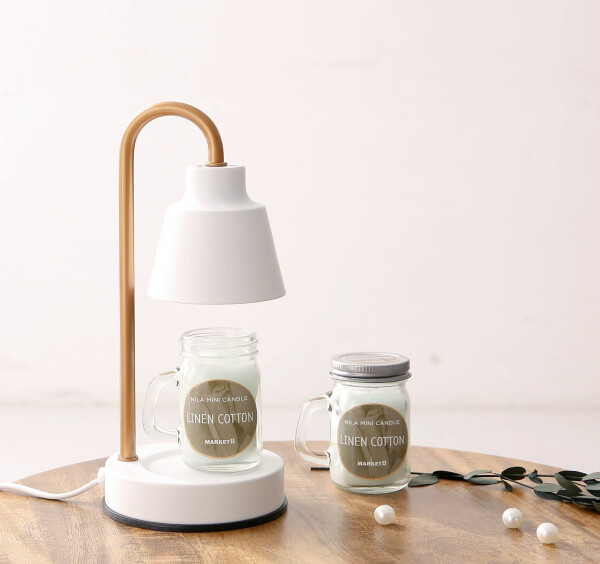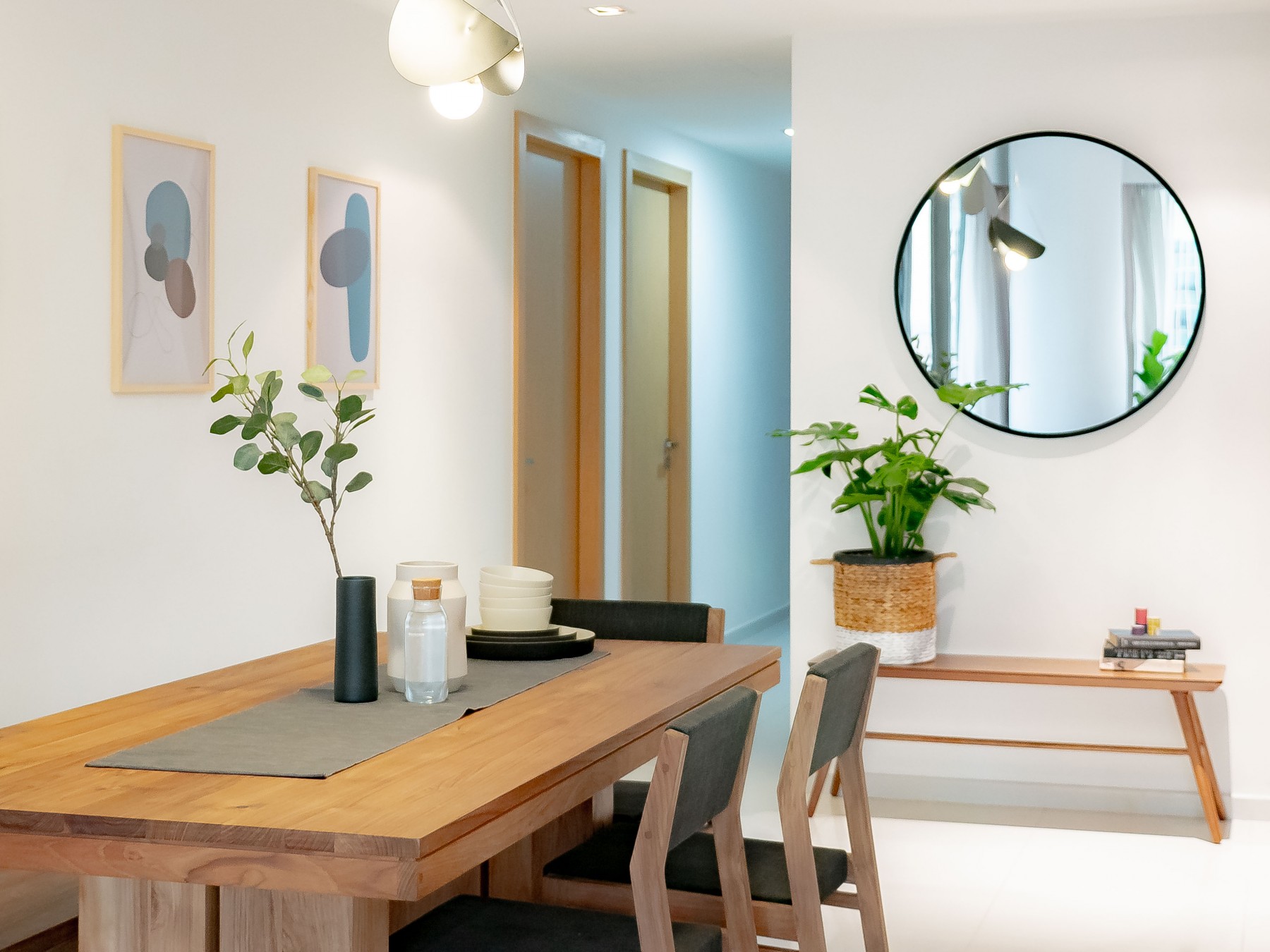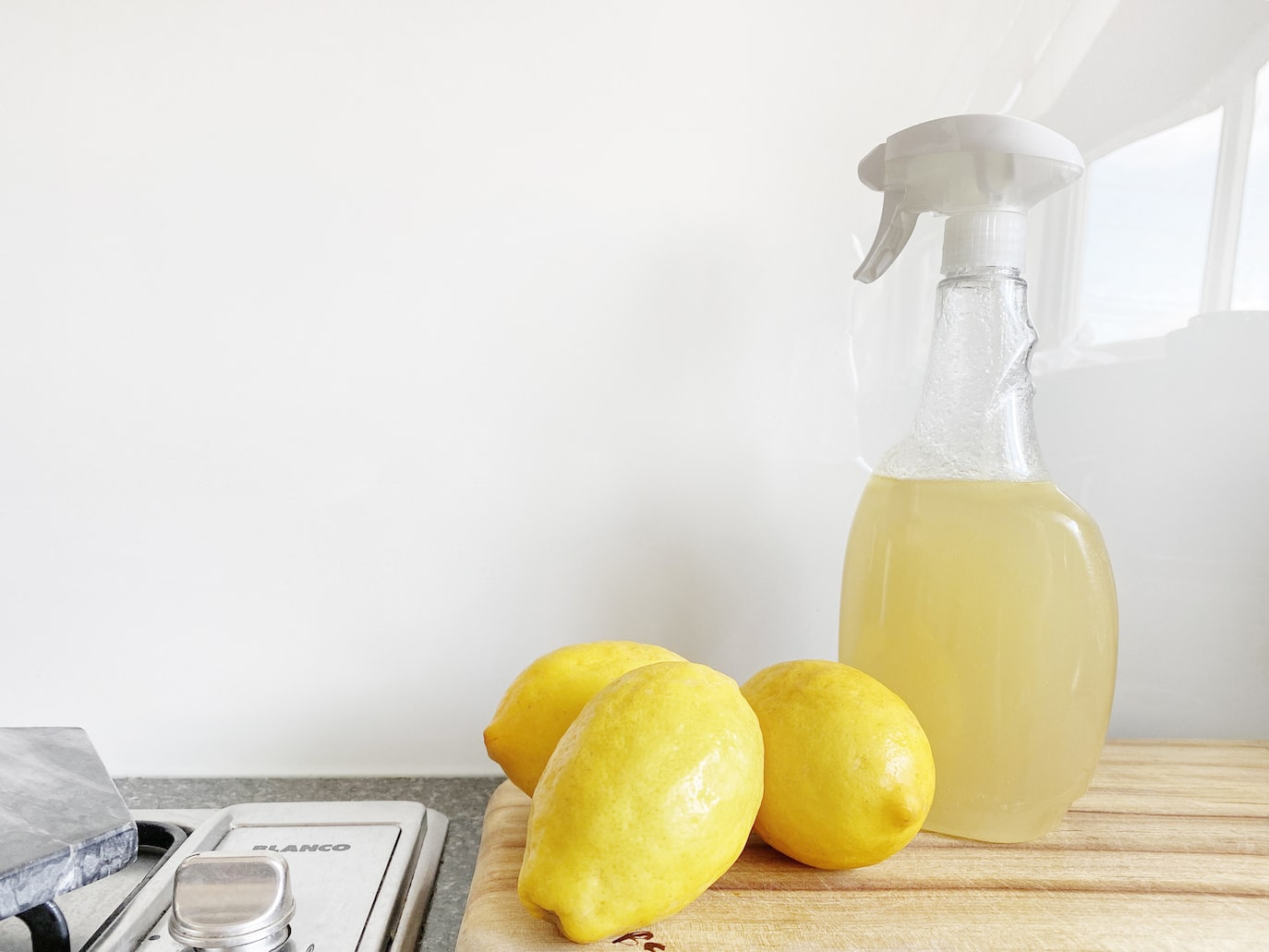New to BTO? Here Are the Top 5 Questions Answered
If you’re new to the concept of Build-To-Order (BTO) flats, you might feel overwhelmed by the process and the decisions you need to make.
BTO flats are a popular housing option for first-time homebuyers in Singapore, offering affordability and modern amenities.
This article aims to answer the top five questions that new buyers commonly have about BTO flats, guiding you through the essential information you need to make an informed decision.
Question 1: How do I apply for a BTO flat?
Applying for a BTO flat involves several steps, and understanding the process can increase your chances of success.
First, make sure you’re eligible to apply for a BTO flat. Here are the eligibility criteria:
- Age: Applicants must be at least 21 years old.
- Citizenship: At least one applicant must be a Singapore Citizen, and the other applicant can be either a Citizen or a Permanent Resident.
- Income Limits: There are income ceilings for different flat types (e.g., $14,000 for families, $7,000 for singles).
Now, let’s talk about applying and balloting for a flat.
BTO applications are typically open four times a year, usually in February, May, August, and November.
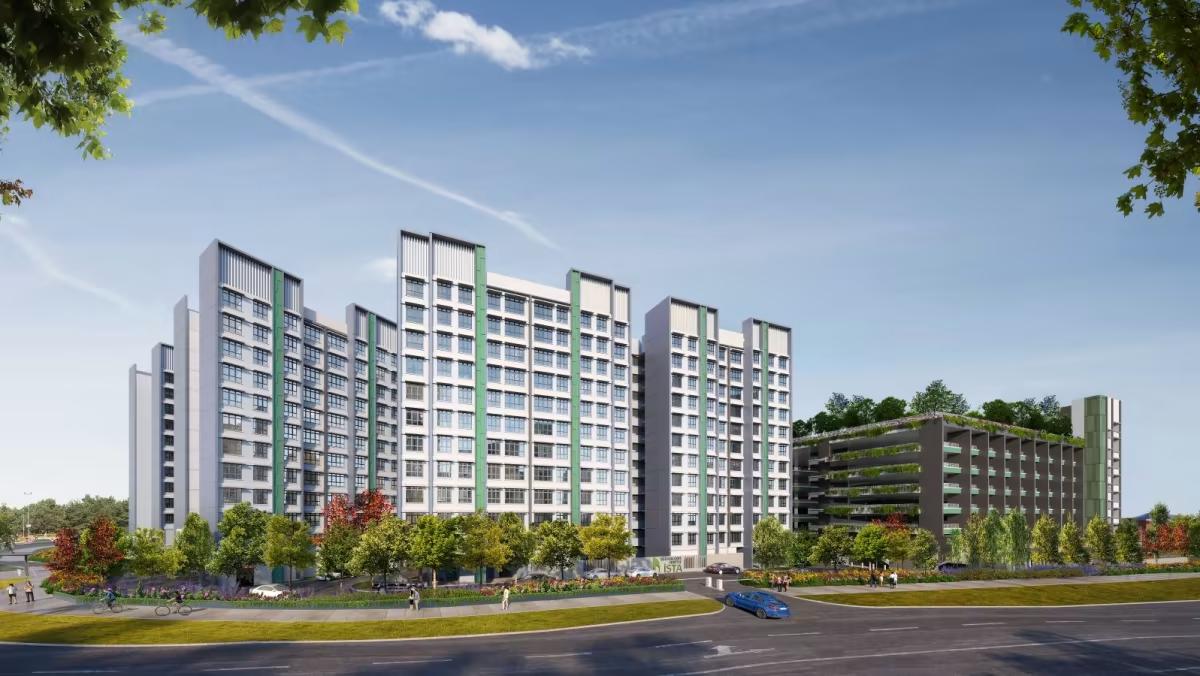

The exact dates are announced by the Housing & Development Board (HDB) through their official website and social media channels. Additionally, you can subscribe to HDB’s e-alerts or check popular property portals and news outlets for announcements.
The application period is usually open for about one week, giving prospective buyers time to gather necessary documents and submit their applications. During the application period, you can submit your application online through the HDB InfoWEB portal. You’ll need to log in using your SingPass and follow the guided steps to complete your application.
After the application period closes, HDB conducts a computerized ballot to allocate queue positions to applicants. The ballot process is random but may prioritize certain groups, such as first-timer families or applicants applying under specific schemes (e.g., Married Child Priority Scheme).
Pro-tip: Researching about BTO locations
In the one week window that you have, we suggest researching about potential sites before you submit your application.
Once the locations are announced, you may visit websites like PropertyGuru and forums like Stomp’s BTO forum to find detailed reviews, discussions, and personal experiences from current residents and other BTO applicants. These platforms can give you insights into the pros and cons of different neighborhoods.


On top of that, also look at the Urban Redevelopment Authority (URA) Master Plan, which is a key resource that outlines future development plans across Singapore.
By reviewing this plan, you can gain insights into how different areas will evolve over the next few years. Look for information on upcoming infrastructure projects, such as new MRT stations, schools, parks, and commercial hubs. These developments can enhance the convenience and value of your chosen location.
The Master Plan also provides zoning details that indicate the intended use of land in various areas. This can help you understand the future landscape of the neighborhood, including residential, commercial, and recreational zones.
Pro-tip: Apply under priority schemes (if applicable)
When applying for a Build-To-Order (BTO) flat in Singapore, several priority schemes can increase your chances of securing a flat. These schemes cater to different groups of applicants and offer additional ballot chances or advantages during the allocation process. It’s essential to understand these schemes, check your eligibility, and prepare the necessary documentation to apply under them effectively.
If you’re new to the BTO process, for instance, you’re probably eligible for the First-Timer Families Scheme.
This scheme is for first-time applicants who are married or intending to get married, with at least one spouse being a Singapore Citizen. First-timer families enjoy higher priority in the ballot process compared to second-timer families. They also have access to various housing grants, such as the Enhanced CPF Housing Grant (EHG), which can significantly reduce the cost of purchasing a flat.
If you have children in your family, there are also different schemes you can apply for, such as the Family and Parenthood Priority Scheme and Third Child Priority Scheme.
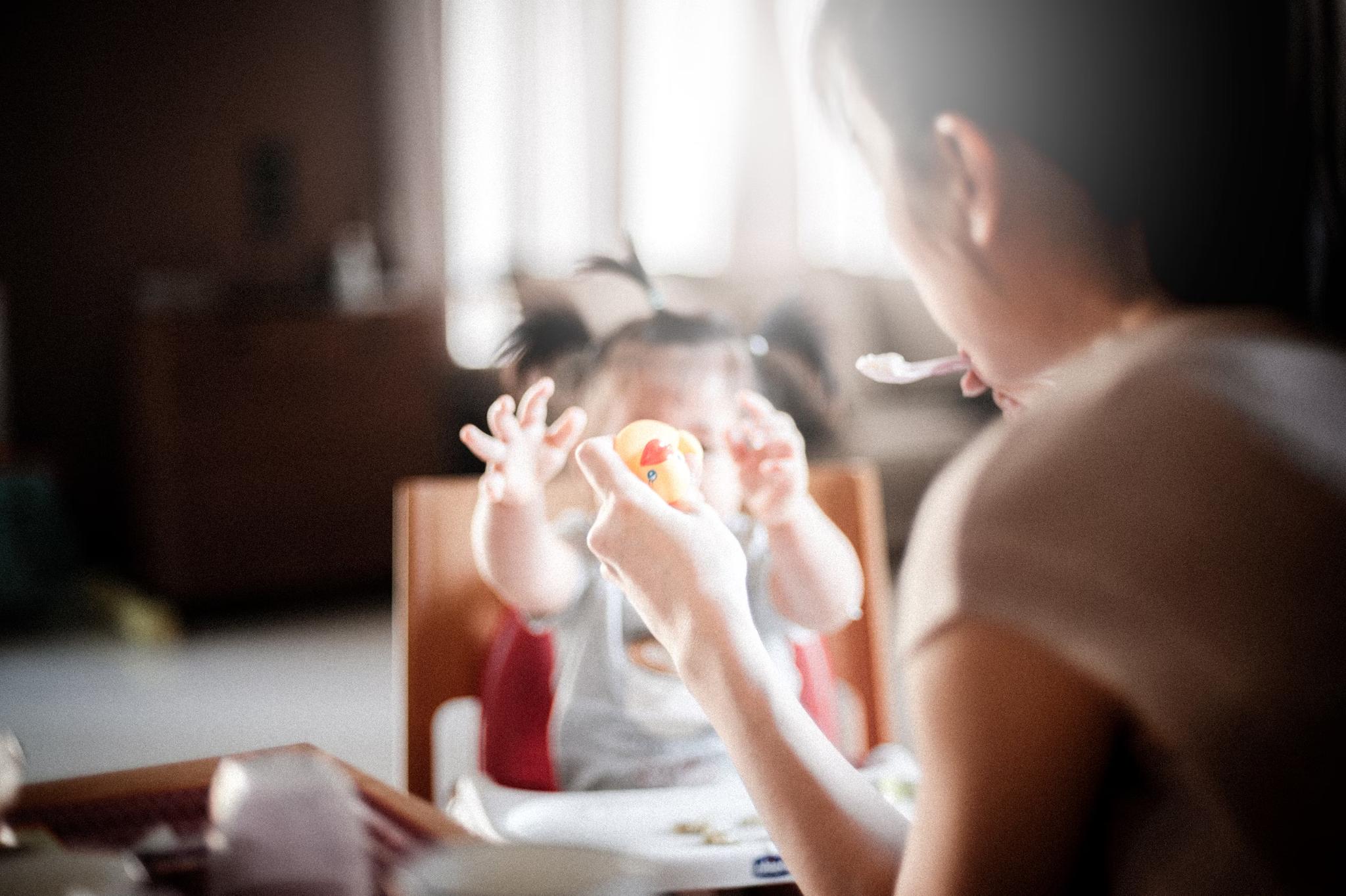

The Family and Parenthood Priority Scheme is applicable to families with at least one child aged 18 or below at the point of flat application, while the Third Child Priority Scheme is applicable to families with at least three children aged 18 or below at the point of flat application.
For both schemes, applicants under the scheme receive additional ballot chances, improving their chances of securing a flat.
For more, visit HDB’s page on Priority Schemes.
Pro-tip: Choosing less popular neighbourhoods
Ideally, everyone would want to stay in a neighbourhood that’s near the MRT, near key amenities, and in a prime location. These factors significantly increase the demand for certain BTO projects, making it harder to secure a unit.
However, if you’re willing to compromise slightly, your chances of getting a flat can improve. For instance, a flat that is a 10-minute walk from the MRT instead of a 5-minute walk might have fewer applicants, increasing your chances in the ballot.
In the long run, this small compromise can be beneficial. By 2030, it’s estimated that 80% of Singaporean households will live within a 10-minute walk of an MRT station, thanks to the government’s extensive plans to expand the MRT network. This means that even slightly less convenient locations today may become more accessible and valuable in the near future.
The bottom line? Consider applying for less popular projects to increase your chances of getting a flat. By being flexible with your location preferences, you can improve your odds of securing a home.
Question 2: What are the costs involved?
Purchasing a Build-To-Order (BTO) flat involves various costs beyond the flat’s purchase price. It’s essential to understand these costs thoroughly to plan your finances effectively.


Firstly, let’s discuss your downpayment and initial fees.
When purchasing a BTO flat, a down payment is required upfront. The amount depends on whether you choose to finance your purchase with an HDB loan or a bank loan.
HDB loans typically require a 10% down payment of the purchase price. Bank loans generally require a higher down payment, usually around 20% of the purchase price. This downpayment can be paid using either cash or your CPF savings.
Downpayment aside, other initial fees include stamp duty, legal fees, and an option fee.
The stamp duty is payable to the Inland Revenue Authority of Singapore (IRAS) and is based on the purchase price of the flat. The stamp duty rates vary, with higher rates applicable for more expensive flats.
Your legal fees cover the cost of legal services for preparing the sale and purchase agreement and mortgage documentation. It’s advisable to engage a solicitor experienced in conveyancing matters to ensure all legal aspects are handled correctly.
Finally, there’s the option fee as well. When you book a flat, you need to pay an option fee to secure your booking. This fee is typically around $2,000 for a 2-room Flexi flat and increases with the flat size.
Next, let’s discuss your monthly mortgage payments.
Once your BTO flat has been built and you’ve collected the keys to your new flat, you’ll need to start financing your monthly mortgage payments.
To streamline the payment process, many homeowners opt to set up their mortgage payments through the GIRO system. This automatic deduction from your bank account ensures timely payments and reduces the risk of missed deadlines.
Using your Central Provident Fund (CPF) savings to fund your monthly mortgage payments is a common strategy among Singaporean homeowners. Ideally, your CPF contributions should cover the entire monthly payment, minimizing the need for additional cash outflows.
(We’ll teach you how to estimate the amount for your monthly mortgage payments later in this article, so you can gauge how much you’ll need to pay each month).
Finally, there are renovation fees to keep in mind as well. Before you can move into your BTO flat, you’ll need to renovate it, install lighting and appliances, and purchase furniture.
At the very minimum, you should budget $30,000 for renovation and an additional $30,000 for furniture and appliances. Note that this is for a basic renovation without any major carpentry works or customisation. Should you want a more comprehensive renovation, this may cost anywhere from $40,000 to $100,000.
Choosing between a HDB loan and a bank loan
When financing your BTO flat purchase, you have the option to choose between an HDB loan and a bank loan. Each option offers different terms and benefits that cater to varying financial needs and preferences.


Firstly, HDB loans typically offer lower interest rates compared to bank loans. Lower interest rates translate to lower monthly mortgage payments, making HDB loans more affordable in the long term.
HDB loans generally have a higher loan-to-value ratio, allowing you to borrow a larger percentage of the flat’s purchase price. For example, you may be able to borrow up to 90% of the purchase price with an HDB loan. A higher LTV ratio reduces the upfront cash payment required, which can be beneficial for first-time homeowners with limited savings.
Finally, HDB loans offer flexible repayment periods of up to 25 or 30 years, depending on your age and loan tenure eligibility. Longer repayment periods can help distribute the financial burden over a more extended period, making monthly payments more manageable.
In comparison, bank loans offer competitive interest rates that may vary depending on market conditions and the specific bank’s lending policies. While bank loan rates can be slightly higher than HDB loans, they may offer more flexibility in terms of loan packages and repayment options.
As for LTV ratio, bank loans typically have a lower loan-to-value ratio compared to HDB loans. The maximum LTV ratio for bank loans is generally around 75% to 80% of the flat’s purchase price. A lower LTV ratio requires a higher upfront cash payment, which may be a consideration for buyers with limited savings.
Finally, similar to HDB loans, bank loans offer flexible repayment periods. The maximum repayment period varies among banks but typically ranges from 25 to 30 years, similar to HDB loans.
How can you manage your costs better?
For many young couples, managing finances while navigating major life events like purchasing a Build-To-Order (BTO) flat can be daunting. If you need to pay for a wedding, honeymoon, renovation and start making your monthly BTO payments all within the same period of time, that can be difficult for any young couple to swallow.


Here’s what many people don’t realise: you don’t necessarily have to be married by the time you collect your BTO keys.
If you’re facing financial strain due to upcoming wedding expenses, you can apply for a deferment from HDB. To do this, provide proof of your wedding plans, such as a banquet booking receipt, to apply for deferment of key collection until after your wedding.
HDB will look at these cases and approve them on a case-by-case basis, but from what we’ve heard, they are generally no issues as long as you’re able to provide proof that you’ve planned your wedding and are going to go through with it.
By doing this, it allows you to manage your finances more effectively without rushing into homeownership.
Alternatively, you can also consider registering your marriage (ROM) first and planning a larger wedding celebration later. This approach lets you spread out expenses and manage your finances more comfortably as well.
Estimating your monthly mortgage payments
For many young homeowners, the question is: will I be able to cover my monthly mortgage using CPF alone?
To answer this question, you’ll need to look at your monthly incoming CPF payments (contributed by your employer), as well as your estimated monthly mortgage payments.
Firstly, as of 2024, employees contribute 20% of their wages to CPF, with a cap on the Ordinary Wage of $6,000 per month. Employers contribute 17% of your monthly salary to your CPF accounts.
These contributions are divided into three CPF accounts: Ordinary Account (OA), Special Account (SA), and Medisave Account (MA), so you’ll want to login to your CPF dashboard to check how much is going into your OA each month.
Once you have this figure in mind, just make sure that your monthly mortgage payment doesn’t cross this amount – this will mean that you can fund your housing loan without additional cash outflows.
To estimate your monthly mortgage payment, use HDB’s calculator. Simply enter the loan amount, interest rate, repayment period and other details, and it will give you an estimation of your monthly payment.
Question 3: What should I consider when choosing a BTO flat?
Choosing the right BTO flat involves evaluating various factors to ensure it meets your needs and preferences.
Location and amenities
Firstly, consider the proximity of your BTO flat to essential amenities such as your workplace, schools, and family. Choosing a location close to your workplace reduces commuting time and transportation costs, promoting a balanced work-life routine.
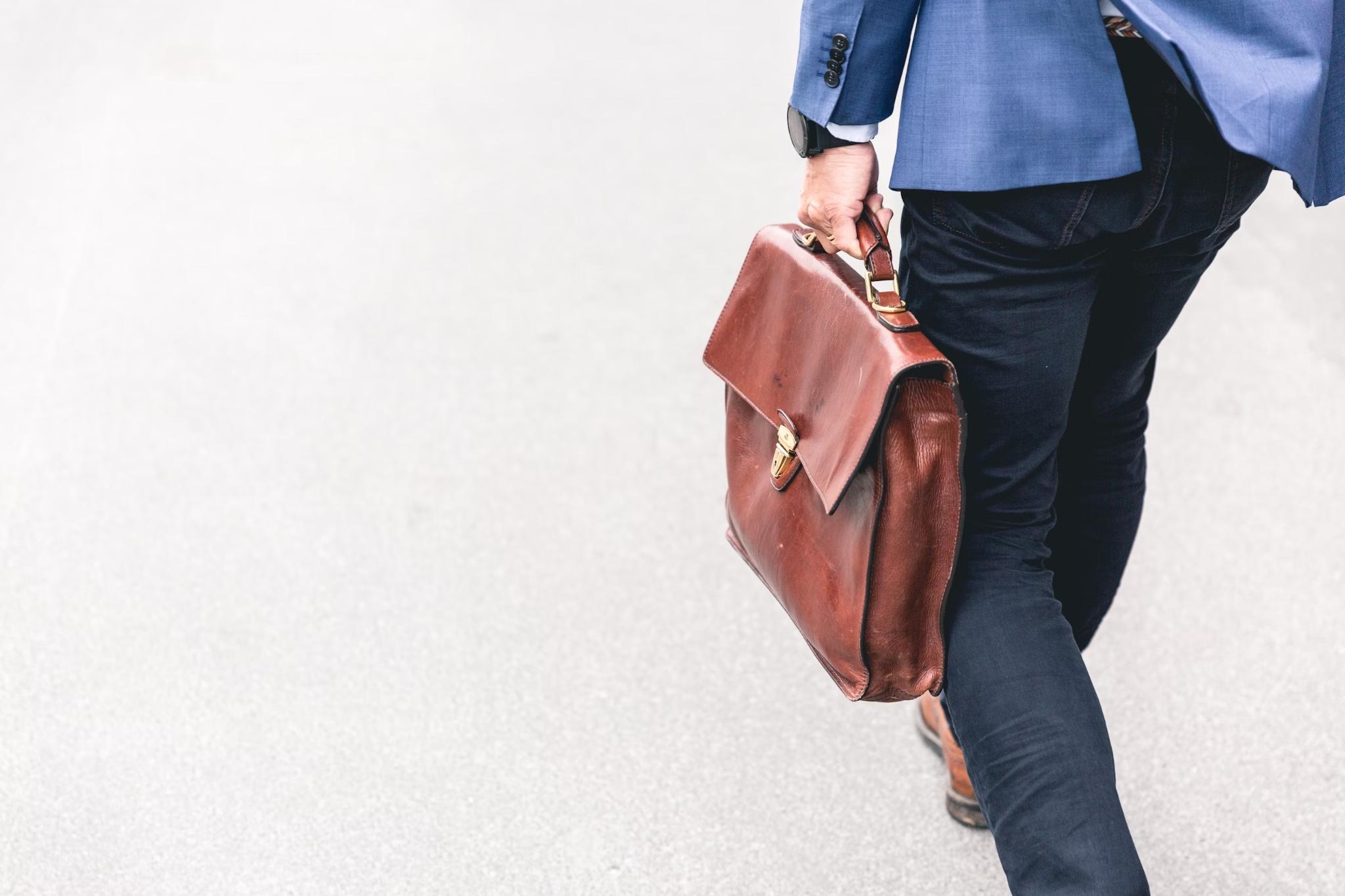

If you have kids or are intending to have kids in the future, you may also want to consider living near reputable schools. It’s also a good idea to stay near family members and friends, as this strengthens bonds and creates a supportive community environment where you can rely on each other.
When it comes to amenities, having easy access to public transport, shopping centers, and recreational facilities is crucial for a convenient urban lifestyle.
Choose a location with reliable bus and MRT connections to simplify your daily commute and weekend outings. Nearby shopping centers offer a variety of shops and dining options, catering to your everyday needs and preferences. Living close to parks, sports facilities, and community centers encourages an active lifestyle and social interaction, boosting your overall well-being.
Flat type and size
When picking your BTO flat, think about the type and size that best fits your family’s current and future needs.
BTO flats come in different sizes, including 2-room Flexi, 3-room, 4-room, 5-room, and Executive flats, each designed for different household dynamics. Smaller households or singles may prefer 2-room Flexi flats for their compact living needs, with flexible lease options that suit different lifestyles.


Larger families might opt for 4-room or 5-room flats, providing plenty of space for children to grow and families to bond over shared activities. Executive flats offer spacious layouts and extra amenities, ideal for larger families or those seeking more comfort and convenience.
Choosing a flat size that fits your current needs while considering future changes ensures long-term satisfaction and practicality in your housing choice. Think about potential future expansions or lifestyle adjustments to make an informed decision that meets your evolving needs and preferences.
Future development plans in the area
Finally, when choosing your HDB flat, it’s essential to consider future development plans in the area to make an informed decision that aligns with your long-term lifestyle and investment goals.
As we’ve previously mentioned, the URA Master Plan provides insights into upcoming initiatives and infrastructure projects that could impact your chosen neighborhood.
Understanding these plans allows you to anticipate improvements like new MRT stations, road enhancements, or upcoming residential and commercial developments. Such developments can enhance connectivity, accessibility to amenities, and potentially increase the value of your property over time. Assessing these factors helps ensure that your chosen location not only meets your current needs but also supports your future lifestyle aspirations.
Pro-tip: Visit the site and its surroundings before making a decision!
When choosing a BTO location, we highly recommend that you visit the actual location (especially if it’s a new HDB town you’re not familiar with!) and have a walk around.
Visiting the actual location allows you to assess various aspects such as the condition of nearby amenities, the accessibility of public transport, and the overall ambiance of the area. Walk around to get a feel for the neighborhood’s atmosphere and observe factors like cleanliness, noise levels, and safety.
At the same time, you can also inspect the surrounding infrastructure to understand its convenience and potential impact on your daily life. Evaluate the proximity and condition of nearby schools, healthcare facilities, shopping centers, and recreational spots. This firsthand knowledge helps in determining how well the area aligns with your lifestyle needs.
Speaking with residents also offers firsthand accounts of living in the area, including neighborhood characteristics, community activities, and any challenges they may face. Their experiences can provide nuanced perspectives that are not always evident during a brief visit.
For example, if you are curious to find out whether life in Tengah is really that inconvenient or whether these stories have been sensationalized by the media, what better way to find out than to head down to the neighbourhood and talk to some folks who actually live there?
Question 4: What are my chances of getting a BTO flat?
Understanding your chances of successfully securing a BTO flat is crucial for prospective homebuyers to manage expectations and plan effectively.


Several key factors influence the success rate of obtaining a BTO flat, including the demand for the project and flat type, priority schemes, and more.
Firstly, as we all know, the popularity and location of the BTO project significantly affect competition. Projects located in prime areas or with desirable amenities tend to attract higher demand. As a result, there may be more applicants vying for the limited number of units available. It’s essential to research and consider both the appeal of the location and the level of competition it may entail.
The same goes for different flat types – the popularity of different flat types also affects competition.
Larger flats, such as 4-room and 5-room units, typically have higher demand due to their spacious layouts and suitability for larger families. If you’re flexible with flat size and willing to compromise, opting for a less popular flat type, such as a 3-room unit instead of a 4 or 5-room, could potentially increase your chances of successful application, especially in competitive locations.
Demand aside, supply also plays a key role in influencing your chances of getting a BTO flat.
Projects with a smaller number of units are typically more limited in supply, making them often oversubscribed. These projects may be located in prime areas with high demand or in niche locations that appeal to specific demographics. Due to the limited number of units available, applicants for smaller projects face higher competition, leading to lower chances of securing a flat through the balloting system.
For example, smaller projects in mature estates like Bishan or Queenstown are often oversubscribed due to their central location and limited availability.
In contrast, larger BTO projects offer a greater number of units, which can vary significantly depending on the development’s scale and location. These projects are generally easier to ballot for due to the higher supply of units available. Larger projects may include developments with 500 or more units, spread across multiple blocks or precincts. The larger supply of units in these projects generally reduces competition and increases the likelihood of successful application for prospective homeowners.
For example, larger projects in upcoming estates or new towns such as Punggol or Sengkang tend to have more units available, offering better chances for applicants to secure a flat.
That aside, eligibility for priority schemes can significantly enhance your chances of securing a BTO flat. Priority is typically given to first-timer families, families with young children, and applicants applying near their parents’ home. These schemes provide additional ballot chances or queue advantages, improving the likelihood of receiving a favorable queue number during the balloting process.
Question 5: What happens after I successfully apply for a BTO Flat?
Once you’ve successfully applied for a BTO flat, there are several steps and milestones to navigate before moving in.


Here are some post-application milestones:
- Waiting period
- Key collection
- Inspection and defect rectification
- Renovations
- Moving in
After submitting your application, BTO flats typically undergo construction, which can take between 3 to 5 years depending on the project and its complexity. During this time, you can track the progress of your flat through updates provided by HDB.
Next, you will receive notification from HDB once your BTO flat is ready for key collection. This milestone marks the culmination of the construction phase and signals the beginning of your homeownership journey.
Upon receiving your keys, it’s crucial to conduct a thorough inspection of your new flat. Look for any defects or issues, and promptly report them to HDB for rectification by the contractor. This inspection ensures that your flat meets quality standards before you start the renovation process.
At this point, start planning and budgeting for renovations based on your preferences and needs. Decide on the scope of work, hire contractors if necessary, and allocate funds for materials and furnishings. Consider practical aspects such as the timeline for completion and any necessary approvals from HDB.
Finally, coordinate your move-in schedule with your renovation timeline. Arrange for essential services such as electricity, water, and internet connections to be set up before you move in. This ensures a smooth transition and minimizes disruptions to your daily life.
A final word for those new to the BTO process
Understanding the BTO process and the factors involved is crucial for first-time homebuyers.
By addressing the key questions and considerations outlined in this guide, you can navigate the process with confidence and make informed decisions that align with your preferences and financial goals.
Remember, the journey to owning your first home is a significant milestone, and seeking additional information and support when needed ensures a smoother transition.
With careful planning and proactive steps, you can embark on this exciting journey towards homeownership in Singapore with clarity and readiness. Best of luck!
Want to check out home renovation projects for more inspiration? Browse interior design ideas on Hometrust, or click the button below to get connected with expert designers!
Renovating soon? Let Hometrust recommend the best interior designers.
If you are reading this, you are probably wondering how you can create your dream home.
Here’s the thing, everyone’s needs and requirements for their home renovation is different. A designer that may work for someone else, may not quite work for you.
At Hometrust, we’re here to help match top rated designers, recommended by past homeowners to you through our data-driven and matching algorithm.
Whether you are looking for partial renovation or a full fledge overhaul, we’ll be able to recommend you top designers to match your renovation requirements and lifestyle.
Recommendations and free and you can simply start by helping us understand your needs below!
Get RecommendationsRenovate safe!
The Hometrust Team

